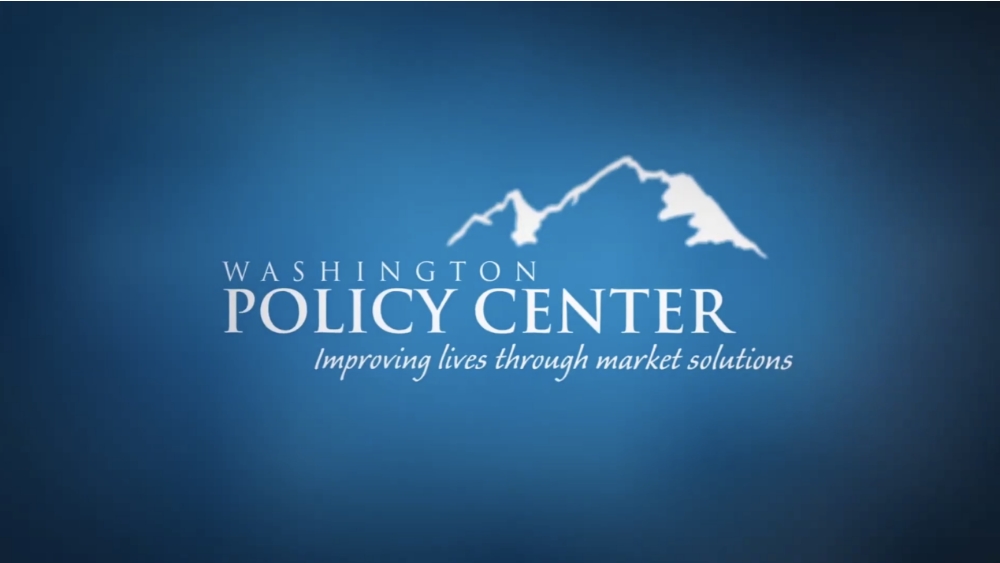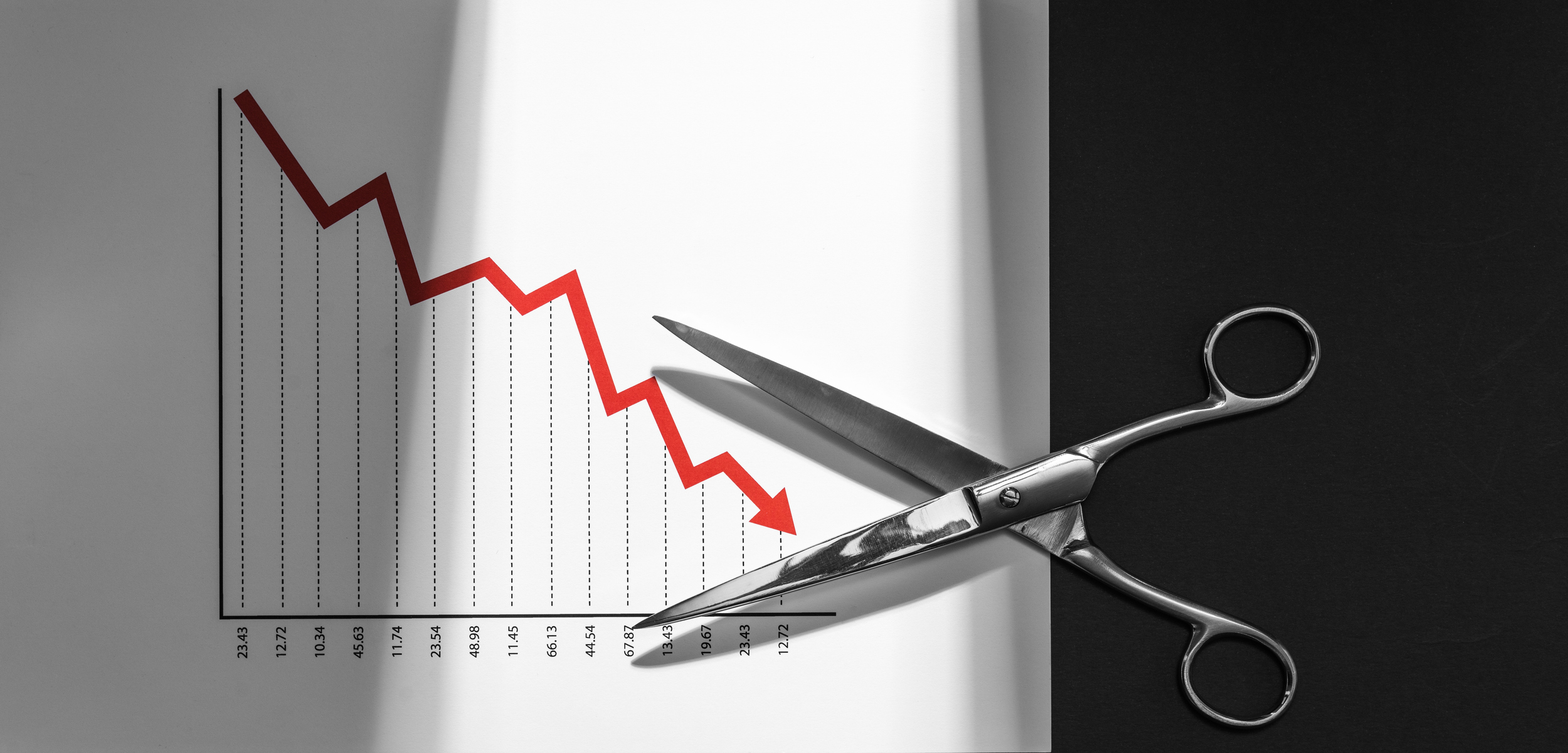This Opinion/Editorial was featured in The Wall Street Journal on November 17, 2015.
![]() Download a PDF of this Opinion/Editorial here.
Download a PDF of this Opinion/Editorial here.
In the name of energy efficiency, school districts across the country are building new schools to “green” building standards that promoters promise will deliver huge energy savings. The most prominent system, known as LEED for Leadership in Energy and Environmental Design, promises energy savings and environmental benefit.
The record, however, is different.
During the past decade, I’ve studied green schools across the country, comparing them to traditionally built schools in those same districts. Schools provide an excellent apples-to-apples comparison–they are similar in size, have similar features and are in a similar climate.
Green-school advocates often promise significant energy savings. The results across the country, in North Carolina, Colorado, Washington state and elsewhere, show the opposite.
In every state, green schools fall short of promises. Not a single school we’ve found will save more in energy costs than it spent to achieve the “green” rating.
Most green schools actually use more energy than the average, traditionally built school in the same district, sometimes using 30% more energy a square foot.
There are several reasons green schools consistently fail.
First, one-size-fits-all approaches always involve compromises. Although many standards offer some choice of green elements, using the same checklist for New Mexico, Washington and North Carolina means each location will have to choose options that don’t suit their circumstances.
For example, green standards encourage bicycle use, and schools often earn that credit by offering large bike racks that often sit empty. Parents drive children to school because they want them to be safe and spend more time with them, not because there isn’t adequate bike rack space.
Second, school facilities’ directors are under pressure to build efficient buildings. They have done a pretty good job and have picked the low-hanging fruit. The opportunities for further efficiencies, therefore, are limited. Those efficient schools may not have a plaque on the wall, but they are green.
Third, there are some green elements that end up increasing energy use.
Green standards often encourage large windows because more natural light means fewer lightbulbs, saving energy. Windows, however, are horrible insulators and the heat loss in winter, or the greenhouse effect in summer, make it difficult to regulate room temperature, increasing energy use. Some argue that triple-paned windows solve this problem but the additional cost of that third pane often outweighs the marginal energy savings.
The failure to save energy hasn’t stopped school officials from promising to build more “green” schools. Continuing to build to a one-size-fits-all standard after so many failures is much like getting remarried–it is the triumph of hope over experience.
Hope, however, isn’t an effective energy strategy. Public money, especially for education, is scarce and spending additional funds on schools that fail to save energy is a waste of opportunity to provide a better education to students.
Just as important, however, is that wasting money on policies that don’t save energy harms the environment. Across the country, there are opportunities to fund carbon-reducing projects and buy renewable energy.
Just as a penny saved is a penny earned, a penny (or millions of dollars) wasted is funding that cannot be spent to achieve important environmental goals.
Energy efficiency is a laudable goal, because it reduces costs and environmental impact. One-size-fits-all approaches, however, often focus more on conferring a green image to school board members than saving the environment. The failure of “green” schools is one more example of how environmental image can work against environmental progress.





